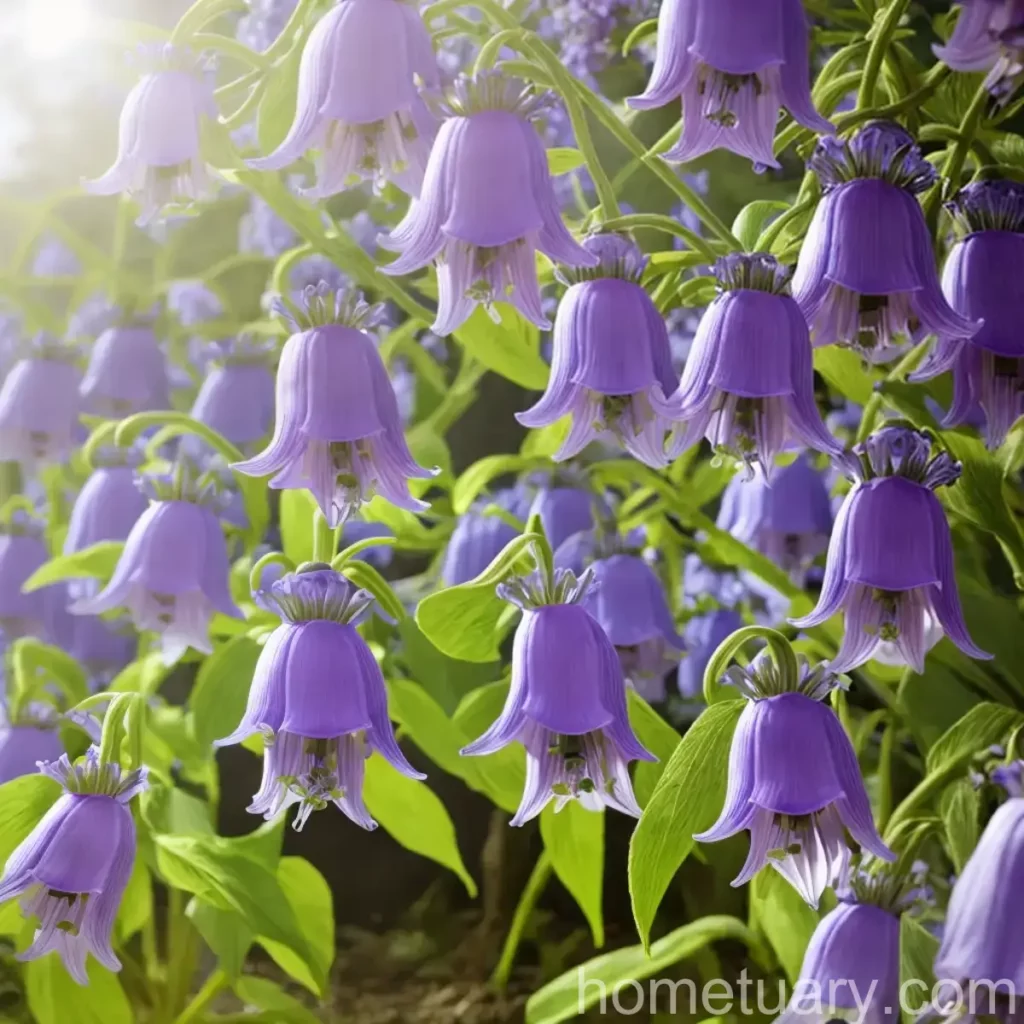The Enchanting Willow Bell (Campanula persicifolia)
Plants have always fascinated human beings with their beauty and diversity. The willow bell, scientifically known as Campanula persicifolia, is a particularly captivating perennial that has been cherished for centuries. In this comprehensive guide, we will explore the intricacies of the willow bell plant, including its culture, uses, care requirements, and much more.
What is the Willow Bell (Campanula persicifolia)?
The willow bell, or Campanula persicifolia, is a herbaceous perennial plant belonging to the Campanulaceae family. It is native to Europe and Asia and is characterized by its slender stems and bell-shaped flowers. The plant typically reaches a height of 24-36 inches and produces an abundance of blue, white, or violet blooms during the summer months, adding a touch of elegance to any garden landscape.
Regarded for its resilience and alluring aesthetic, Campanula persicifolia has become a popular choice among gardeners and landscaping enthusiasts. Its graceful appearance and low-maintenance nature make it a versatile addition to various outdoor settings.
Now, let’s delve into the key takeaways regarding the cultivation and care of the willow bell plant.
Key Takeaways – Willow Bell (Campanula persicifolia)
Culture
- Origin: Europe and Asia
- Family: Campanulaceae
- Type: Herbaceous perennial
- Height: 24-36 inches
- Flower colors: Blue, white, violet
- Flowering season: Summer
Uses
- Garden: Ornamental purposes, borders, and containers
- Cut flowers: Charming addition to floral arrangements
- Wildlife support: Attracts pollinators such as bees and butterflies
Care Requirements
- Water: Moderate, well-drained soil
- Sunlight: Partial to full sun
- Fertilizer: Balanced, liquid feed during the growing season
- Soil: Well-drained, fertile soil
- Pruning: Deadheading blooms for prolonged flowering
Propagation
- Method: Division, seeds
- Season: Spring or fall
Container Popularity
- Suitable for: Growing in containers, pots, and hanging baskets
- Versatility: Adaptable to various container sizes
Common Diseases
- Issues: Powdery mildew, rust
- Preventive measures: Adequate air circulation, proper spacing
Common Pests
- Threats: Aphids, slugs
- Control: Natural predators, organic pest control methods
Botanist’s Tips
- Support: Staking may be required for taller varieties
- Companion plants: Pair with low-growing perennials for visual contrast
With a comprehensive understanding of the key aspects of Campanula persicifolia, let’s explore each element in detail to ensure the successful cultivation and enjoyment of this mesmerizing plant.
What is Plant Name: “Willow Bell (Campanula persicifolia)”
The scientific name for the willow bell plant is Campanula persicifolia. This enchanting perennial is known for its slender stems and bell-shaped flowers, which come in a variety of colors, including blue, white, and violet. As a member of the Campanulaceae family, Campanula persicifolia has captivated gardeners and nature enthusiasts with its resilience and timeless allure.
Culture
Origin and Family
The willow bell, or Campanula persicifolia, is indigenous to Europe and Asia. Its botanical classification places it within the Campanulaceae family, which encompasses a diverse array of flowering plants. With its origins in these regions, the willow bell has adapted to thrive in temperate climates and has garnered popularity in gardens across the world.
Height, Flower Colors, and Flowering Season
Campanula persicifolia typically attains a height of 24-36 inches, making it an ideal choice for mid-sized to tall borders and garden settings. One of its most captivating features is the bell-shaped flowers that adorn the plant. These blooms are available in striking shades of blue, white, and violet, adding a delightful touch of color to the landscape.
The flowering season of Campanula persicifolia occurs during the summer months, gracing the garden with an abundance of delicate and alluring blossoms. Its prolific blooming makes it a cherished addition to summer garden landscapes and floral arrangements.
continued section with care
** Continue to Write with remaining sections as per the instrictions**















